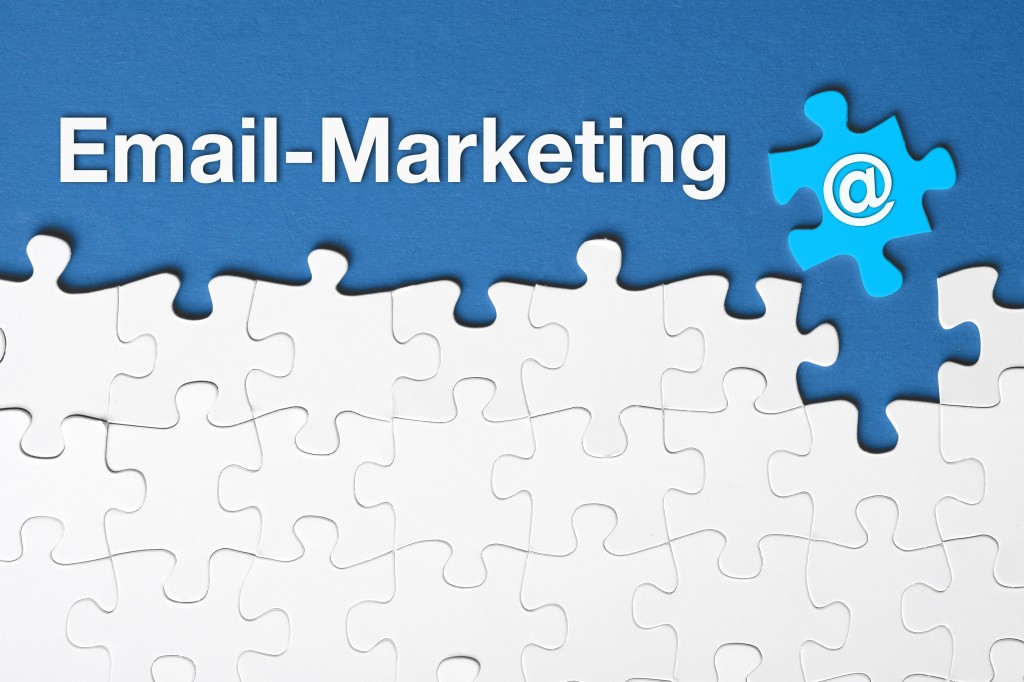Posts Tagged: email marketing
The New Shopper – Informed, Connected And Demanding! – Retail Spokes Blog
It is amazing how Apple rules over its consumer’s mindsets. They pre-sell millions of products and even get away with shortcomings (think iPhone 4 signal issues) without hurting their fan base. Only Steve Jobs has the ability to instruct his consumers to stop holding the phone ‘the wrong way!’ But, Apple fanatics are a rare breed providing such leeway to a seller. In the times that we live in, it is difficult even to get shoppers’ attention. To think of commanding what, where, when and how they buy is like daydreaming. Shoppers today have complete control and they have tools at their disposal that facilitate this authority.
So, what has lead to this shopper authority? Internet and other digital mediums have essentially changed the way we shop. The effect of internet shopping is far greater than the dollar value of online sales transactions. It is the influence on offline shopping where online produces a much bigger impact. Let’s list down some of things that have changed shoppers’ attitude and in effect transformed the retail landscape.
Building a Loyal Brand Following – a New Focus For Online Retailers – Retail Spokes Blog
If there is one thing to be learned from Amazon’s dominance in eCommerce, it is the importance of building a brand. It is phenomenal that 33% of all shoppers visit Amazon for research, according to a recent study by e-tailing group and PowerReviews. Although, it is apparent that Amazon does not provide best product choices or shopping experience for many product segments. Nonetheless, their ability to attract direct traffic is unmatched. This is where most eCommerce sites need to become better in that they have to build loyal customer bases.
How to Create Effective Email Marketing Campaigns? – Retail Spokes Blog
Through all the social media hype, email has held its ground as one of the most effective online retail marketing channels. According to a survey by the E-Tailing group, 79% of retailers want to increase their spending on email campaigns. Here are some of the things that retailers can do to ensure their emails convey the message and achieve desired results.
Content and Targeting
Content is where most email campaigns fall short. As a customer, very few would like to repeatedly receive just coupons and discount-oriented emails. Most users have anyways gotten used to searching the web for coupons before making a purchase. So, these messages do not offer too much value for the time and energy users would spend reading them. On the other hand, users would show more interest if contextual content can be added to these emails along with a relevant subject line.
Archives
- May 2017
- April 2017
- March 2017
- February 2017
- November 2016
- October 2016
- September 2016
- August 2016
- July 2016
- April 2016
- March 2016
- February 2016
- January 2016
- November 2015
- October 2015
- July 2015
- June 2015
- May 2015
- April 2015
- December 2014
- June 2014
- May 2014
- April 2014
- December 2013
- October 2013
- September 2013
- August 2013
- July 2013
- November 2012
- October 2012
- September 2012
- August 2012
- July 2012
- June 2012
- May 2012
- April 2012
- March 2012
- February 2012
- January 2012
- December 2011
- November 2011
- March 2011
- January 2011


